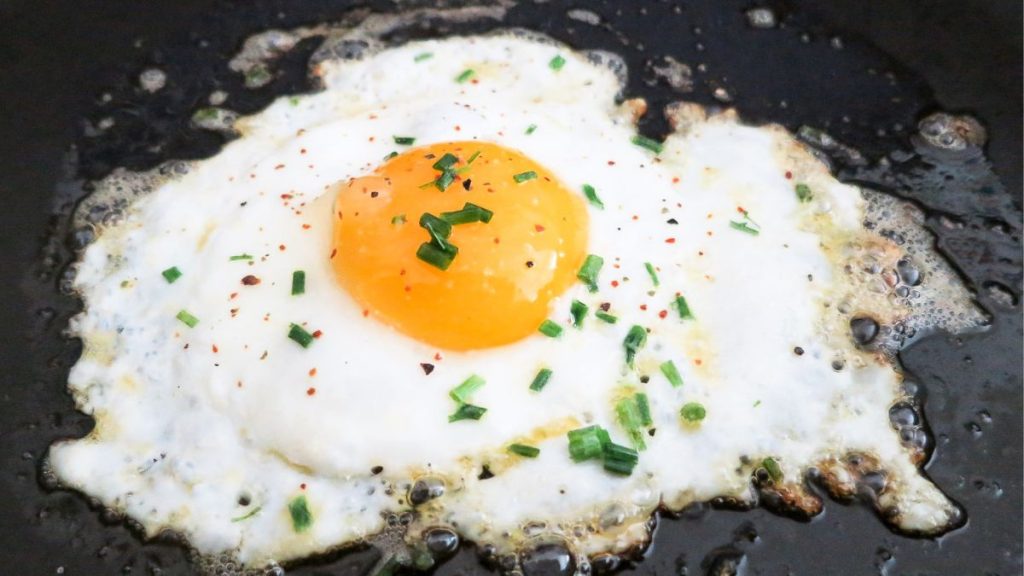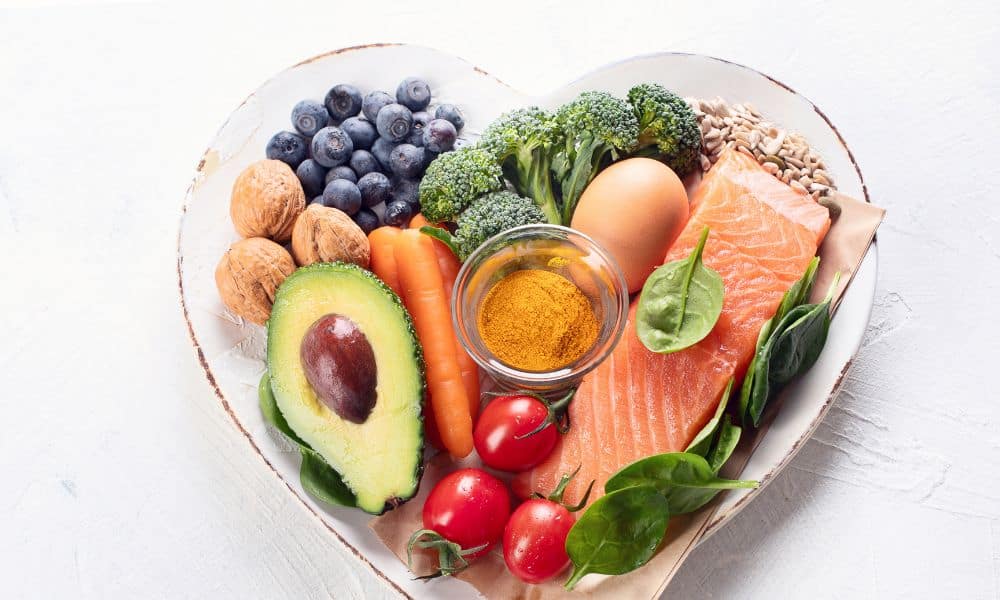Protein is essential for building muscle, burning fat, and maintaining overall fitness. However, not all protein sources are absorbed and utilized by the body in the same way. The protein utilization rate determines how efficiently the body digests and uses dietary protein for muscle repair and growth. Choosing high-quality protein sources ensures better muscle retention, faster recovery, and improved metabolism.
What Is Protein Utilization Rate?
The protein utilization rate measures how much of the consumed protein is absorbed and used for muscle building. The three main metrics used to assess protein quality include:
- Biological Value (BV): Measures how efficiently the body converts dietary protein into muscle proteins (scale of 1-100 or higher).
- Net Protein Utilization (NPU): Percentage of consumed protein retained in the body.
- Protein Digestibility-Corrected Amino Acid Score (PDCAAS): Rates protein quality based on amino acid content and digestibility (scale of 0-1.0).
Animal-based proteins typically have higher utilization rates than plant-based proteins because they provide all essential amino acids in the right proportions. However, some plant-based sources can be highly effective when combined correctly.
What Are the Best High-Utilization Protein Foods?
To maximize muscle growth and fat loss, focus on protein sources with high digestibility and bioavailability.
1. Whole Eggs (BV: 100, PDCAAS: 1.0)
Eggs contain all essential amino acids, making them one of the most effective protein sources for muscle repair. Whole eggs also provide healthy fats and nutrients like choline, which supports metabolism.
2. Whey Protein (BV: 104–159, PDCAAS: 1.0)
Whey protein is rapidly digested and has a high leucine content, making it ideal for post-workout muscle recovery and growth.
3. Casein Protein (BV: 77, PDCAAS: 1.0)
Casein digests slowly, providing a steady release of amino acids. It is excellent for muscle preservation, especially when consumed before sleep.
4. Chicken Breast (BV: 79, PDCAAS: 1.0)
Chicken breast is a lean, high-protein food that supports muscle growth while keeping fat intake low, making it ideal for fat loss.
5. Fish (BV: 76–94, PDCAAS: 1.0)
Fish such as salmon, tuna, and cod provide high-quality protein along with omega-3 fatty acids, which help reduce inflammation and improve muscle recovery.
6. Lean Beef (BV: 80, PDCAAS: 0.92–0.94)
Beef is a great source of protein, iron, B vitamins, and creatine, all of which help enhance energy production and muscle strength.
7. Greek Yogurt (BV: 80, PDCAAS: 1.0)
Greek yogurt is packed with casein protein and probiotics, which support digestion and muscle retention.
8. Cottage Cheese (BV: 81, PDCAAS: 1.0)
Cottage cheese contains slow-digesting casein protein, making it an excellent option for sustained muscle recovery and overnight muscle preservation.
9. Soy Protein (BV: 74, PDCAAS: 1.0)
Soy protein is a plant-based protein source that contains all essential amino acids, making it a good alternative for those who do not consume animal products.
10. Quinoa + Beans/Lentils (BV: 83 combined, PDCAAS: 0.86–0.90)
Although plant proteins often have lower utilization rates individually, combining quinoa with beans or lentils provides a complete amino acid profile, supporting muscle retention and fat loss.
How to Maximize Protein Utilization for Fitness Goals
Even the best protein sources require proper digestion and timing to be fully effective.
1. Eat Protein at the Right Times
- Post-workout: Whey protein or lean meats optimize muscle repair and recovery.
- Before bed: Casein protein sources such as Greek yogurt or cottage cheese help prevent muscle breakdown during sleep.
- Throughout the day: Distributing protein intake evenly (20–40g per meal) enhances muscle protein synthesis.
2. Pair Protein with Digestive Enzymes
- Foods like pineapple (bromelain) and papaya (papain) aid in protein digestion and absorption.
- Probiotic-rich foods like yogurt and kefir support gut health, improving overall protein utilization.
3. Avoid Excessive Processing
- Highly processed meats, such as sausages and deli meats, contain additives that may lower protein quality.
- Choosing whole food protein sources helps ensure better digestion and nutrient absorption.
4. Prioritize Strength Training
- Resistance training triggers muscle protein synthesis, ensuring dietary protein is used effectively for muscle growth.
- Strength training during a calorie deficit helps prevent muscle loss, maintaining metabolism while burning fat.
Key Takeaways
- The protein utilization rate determines how efficiently the body absorbs and uses protein for muscle growth and fat loss.
- Whey, eggs, chicken, fish, and lean beef are among the best protein sources due to high bioavailability.
- Combining plant proteins like quinoa and beans improves amino acid profiles for vegetarians.
- Proper timing, digestion, and strength training help maximize protein absorption and muscle retention.
Selecting high-quality, high-utilization protein sources and optimizing digestion will enhance muscle building, fat loss, and overall fitness results.
Read Next…
- Gym Wear for Different Body Types: Finding the Right Fit
- Kitchen Supplies for Better Fitness Results: Muscle Building & Weight Loss
- Protein Utilization Rate: Best Foods for Muscle Growth and Fat Loss
- Can You Use Gym Machines if You Use a Wheelchair?
- Delicious Beef Recipes To Support Muscle Growth




